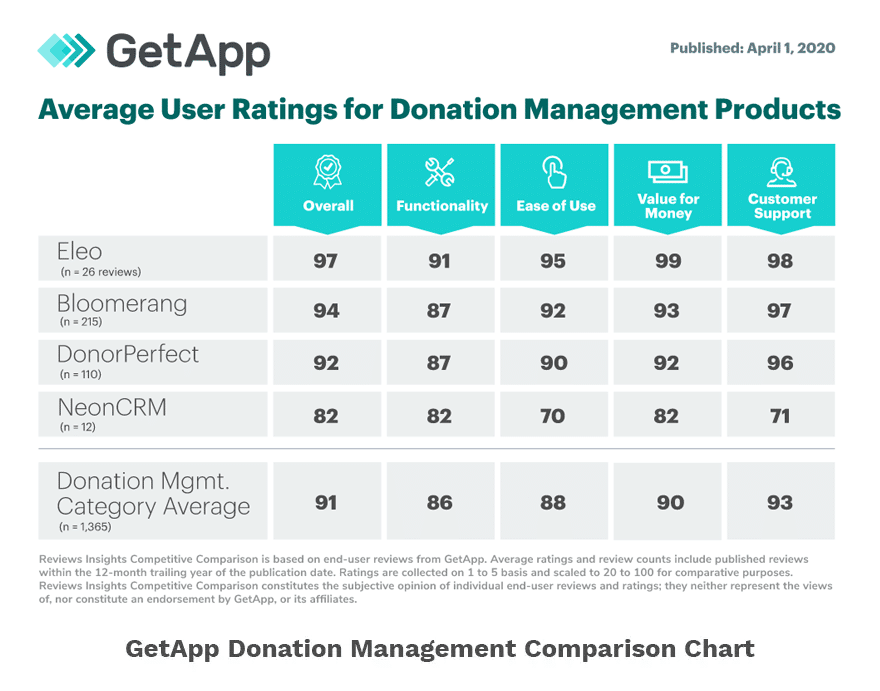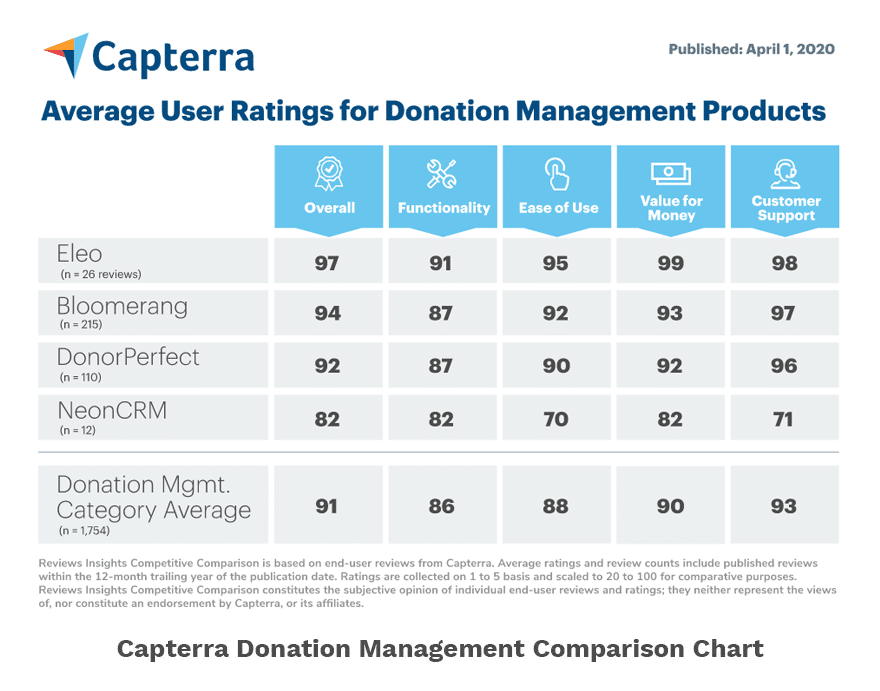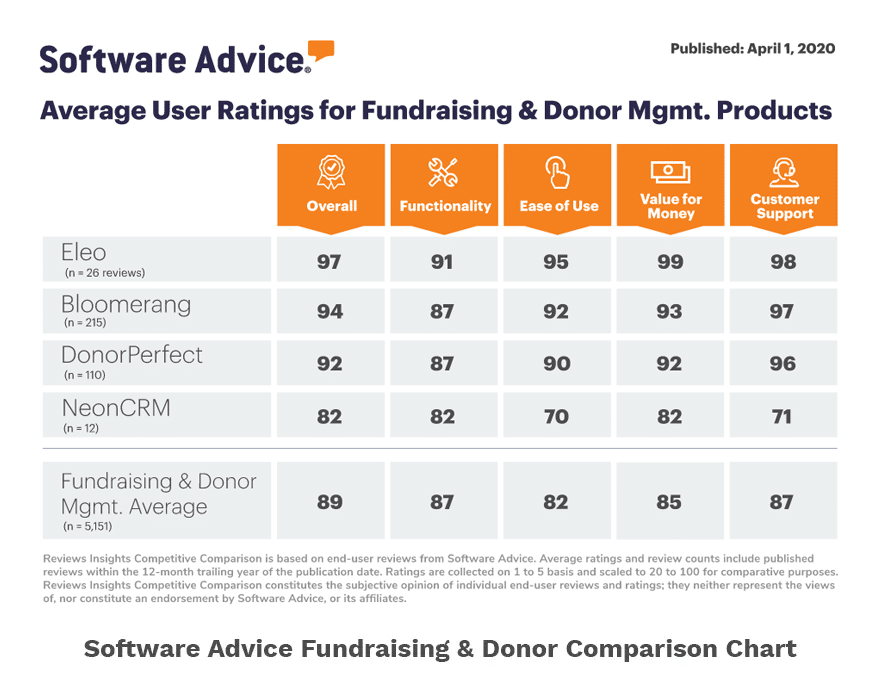
Everyone loves a fun event. Even in today’s age of email, texts, instant messages and video, live events are consistently among the most effective marketing tactics. Live events create the special experiences people crave. They offer something tangible for people to see, hear and touch. They allow people to interact with an organization face-to-face. That’s how you build connections and relationships. And that’s why live events are so important for nonprofits.
Planning a big fundraiser takes a lot of time, money and labor. From onsite logistics to invitations to reminders via phone, email and social media. On the day of the event, everyone has to be on their game, from organizers to volunteers to vendors.
Let’s say the stars align and your nonprofit’s fundraiser is planned and executed perfectly. That’s great, but don’t be too quick to start high-fiving each other as soon as the last person leaves. Your success ultimately depends on the often overlooked and underestimated component of their event – post- fundraising follow through.
Here are five critical components of a nonprofit’s post-event communication strategy.
1) Thank Everyone
Thanking donors and attendees isn’t just common courtesy. It’s the first step of a strategic, post-event follow through. Send “thank you” emails within 48 hours. Use your donor management software to segment your lists and tailor the messaging accordingly. Also, don’t forget to thank your volunteers and vendors. Those relationships are important to your nonprofit, too.
2) Share the Experience
To keep the excitement going, share photos and videos on social media, your website and in emails. You might even consider creating a special event edition of your newsletter. Remind attendees about what a great time they had at your fundraiser and tag them in social media posts. Post highlights of an event with close ups of your donors having fun will get shared and others who did not attend will see what they missed.
3) Provide Updates
How much money did you raise? What actions have been taken since the fundraiser? What were you able to accomplish? Who will benefit from your fundraiser? Donors want to know they’re making a difference, so provide data, photos and stories that help quantify the impact of your fundraiser.
4) Solicit Feedback
What did attendees like about the pre-event communications and the event itself? What did they not like? The best way to make the next event better is to solicit feedback from your supporters. Improve response rates by sending simple surveys but include a “Comments” section so people can speak freely. Also, ask for feedback from volunteers and staff. Was the event well-planned? Were they properly trained and prepared? Comparing internal and external feedback will provide valuable insights into how successful your fundraiser really was.
5) Get Them Involved
Fundraisers and other live events are momentum builders. Capitalize on that momentum, especially with new attendees and donors, by asking them to get involved with your nonprofit on a deeper level. Invite them to join a committee or volunteer. Again, use the data you’ve collected in your donor management software to personalize the “ask”.
Post-event follow-through should include the same level of communication and engagement as the pre-event buildup. This will help you reach and even surpass your financial and new donor goals and carry the momentum from your fundraiser into your next initiative.





